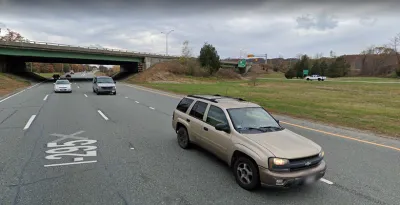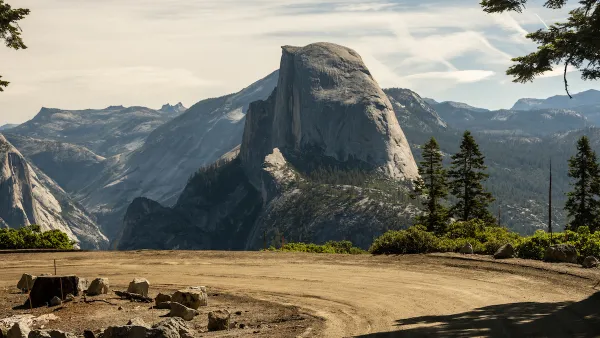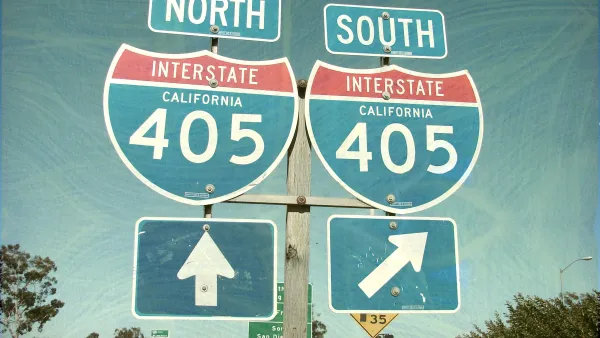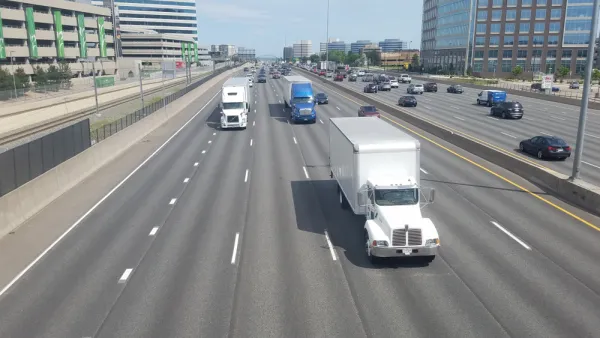In a Strong Towns article passionately argued by Charles Marohn, Rhode Island’s penchant for building new highway capacity while the rest of the state’s roads crumble is compared to Emperor Nero.

“Instead of prioritizing the proper maintenance of Rhode Island’s transportation systems, transportation officials are spending the bulk of their resources on expansion,” writes Charles Marohn in a pointed essay for Strong Towns.
Marohn compares the transportation investments of Rhode Island to Emperor Nero fiddling while Rome burned.
The poor state of the state’s transportation infrastructure is obvious by almost any measure:
More than 80% of Rhode Island’s non-interstate National Highways System (NHS) is in either poor or fair condition. Furthermore, the state leads the nation with the highest percent of rural roads with poor pavement condition. According to TRIP, a national transportation research nonprofit, driving on roads in need of repair cost Rhode Island motorists $620 million a year in additional car repairs and operating fees, or $823 per driver.
Moreover,
Rhode Island ranks last in the nation, 50th out of 50 states, in overall bridge condition. About 22% of the 1,162 bridges in Rhode Island are structurally deficient.
Marohn cites the Cranston Canyon Project, a project planned to widen five miles of roadway and construct a new bridge, as an example of Rhode Island’s commitment to funding new road infrastructure even as the state’s existing roads crumble.
While the official press release for the project “highlights rehabilitation and maintenance efforts that are included in the project, of the $78 million in non-admin project costs, widening projects constitute $41.4 million, or 53% of the total,” writes Marohn. A federal BUILD grant, awarded by the U.S. Department of Transportation, is funding about half of the expansion portion of the project, according to Marohn. (BUILD is the predecessor program, under the Trump administration, to the Biden administration's RAISE grant program. BUILD was the successor to the Obama administration's TIGER grant program.)
The article concludes with an appeal for Rhode Island, and other states, to stop funding road and highway expansion projects until existing infrastructure is stabilized—a passionate appeal for a “fix it first” approach to transportation investments.
FULL STORY: Why Is Rhode Island Building New Roads When Its Current Roads Are Falling Apart?

National Parks Layoffs Will Cause Communities to Lose Billions
Thousands of essential park workers were laid off this week, just before the busy spring break season.

Retro-silient?: America’s First “Eco-burb,” The Woodlands Turns 50
A master-planned community north of Houston offers lessons on green infrastructure and resilient design, but falls short of its founder’s lofty affordability and walkability goals.

Delivering for America Plan Will Downgrade Mail Service in at Least 49.5 Percent of Zip Codes
Republican and Democrat lawmakers criticize the plan for its disproportionate negative impact on rural communities.

Test News Post 1
This is a summary

Test News Headline 46
Test for the image on the front page.

Balancing Bombs and Butterflies: How the National Guard Protects a Rare Species
The National Guard at Fort Indiantown Gap uses GIS technology and land management strategies to balance military training with conservation efforts, ensuring the survival of the rare eastern regal fritillary butterfly.
Urban Design for Planners 1: Software Tools
This six-course series explores essential urban design concepts using open source software and equips planners with the tools they need to participate fully in the urban design process.
Planning for Universal Design
Learn the tools for implementing Universal Design in planning regulations.
EMC Planning Group, Inc.
Planetizen
Planetizen
Mpact (formerly Rail~Volution)
Great Falls Development Authority, Inc.
HUDs Office of Policy Development and Research
NYU Wagner Graduate School of Public Service





























